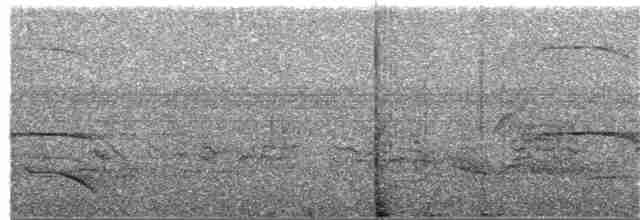Philippine Hawk-Eagle Nisaetus philippensis Scientific name definitions
- EN Endangered
- Names (19)
- Monotypic
William S. Clark and Guy M. Kirwan
Version: 1.0 — Published March 4, 2020
Text last updated January 9, 2017
Text last updated January 9, 2017
Sign in to see your badges
Species names in all available languages
| Language | Common name |
|---|---|
| Catalan | àguila de les Filipines |
| Czech | orel filipínský |
| Dutch | Noord-Filippijnse Kuifarend |
| English | Philippine Hawk-Eagle |
| English (United States) | Philippine Hawk-Eagle |
| French | Aigle des Philippines |
| French (France) | Aigle des Philippines |
| German | Luzonhaubenadler |
| Japanese | フィリピンクマタカ |
| Norwegian | filippinerskogørn |
| Polish | wojownik filipiński |
| Russian | Филиппинский хохлатый орёл |
| Serbian | Filipinski jastrebasti orao |
| Slovak | orlovec filipínsky |
| Spanish | Águila de Filipinas |
| Spanish (Spain) | Águila de Filipinas |
| Swedish | luzonhökörn |
| Turkish | Filipin Atmaca Kartalı |
| Ukrainian | Орел-чубань філіпінський |
Nisaetus philippensis (Gould, 1863)
PROTONYM:
Spizaetus Philippensis
Gould, 1863. The birds of Asia 1 pt15, textpl.10.
TYPE LOCALITY:
Philippines; Luzon, suggested as type locality by Swann, Syn. Accip., ed. 2, 1922, p. 121. [Tydc in Norwich Museum].
SOURCE:
Avibase, 2023
Definitions
- NISAETUS
- philippense / philippensis
The Key to Scientific Names
Legend Overview
UPPERCASE: current genus
Uppercase first letter: generic synonym
● and ● See: generic homonyms
lowercase: species and subspecies
●: early names, variants, misspellings
‡: extinct
†: type species
Gr.: ancient Greek
L.: Latin
<: derived from
syn: synonym of
/: separates historical and modern geographic names
ex: based on
TL: type locality
OD: original diagnosis (genus) or original description (species)

- Year-round
- Migration
- Breeding
- Non-Breeding
Distribution of the Philippine Hawk-Eagle





























